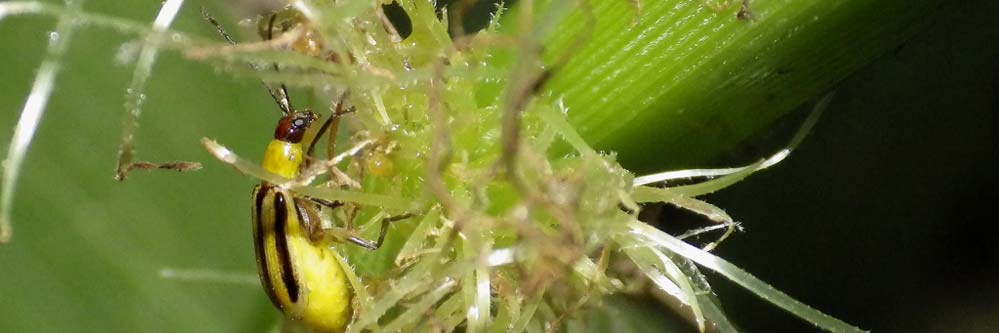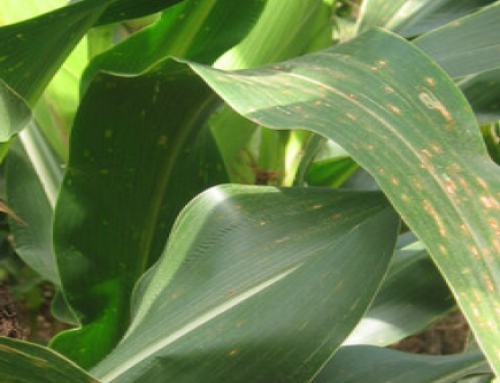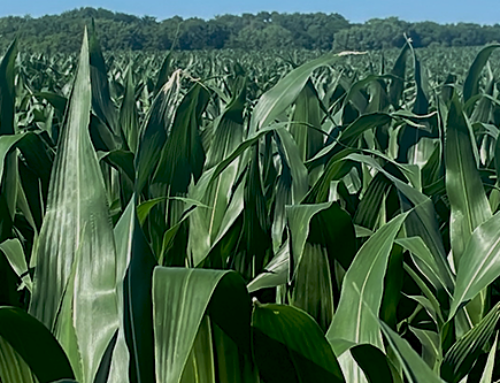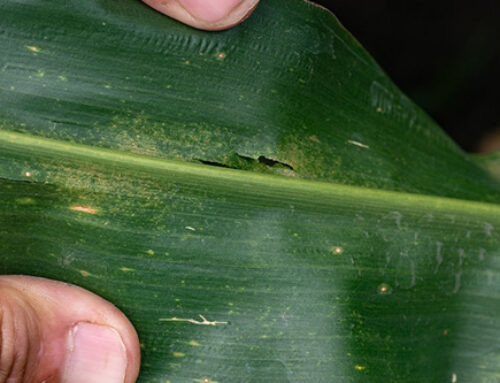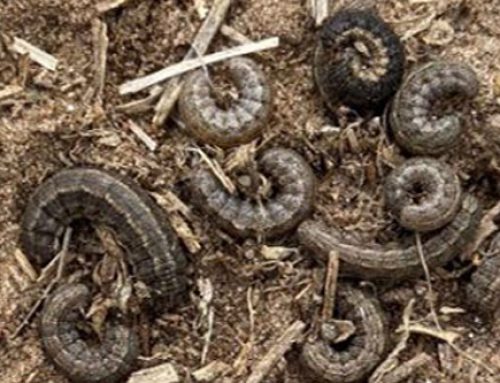The dynamics of managing rootworm larvae and adults has changed tremendously the past 10 to 15 years. Before the onset of Bt Corn Rootworm (CRW) genetics, before the practice of controlling adults (beetle bombing) for the purpose of controlling next year’s larva population, granular soil insecticides were the norm, and were very effective.
These events led to a decline in popularity of granular insecticides – to the point where soil insecticide boxes were no longer standard equipment on new planters.
Not all these new management ideas and tools have necessarily been positive. There are new challenges. Some of the early CRW events were not as effective on larvae as we would have liked. Refuge areas are required with the GMO products, so we still have to deal with controlling rootworm larvae in these areas. Certain seed treatments have some effect on rootworm larvae, but are not considered superior control products. Adult populations are higher when using CRW seed or seed treatments versus granular soil insecticides. Higher adult populations lead to potentially more damaging silk feeding and higher larva populations the next year.
Parathion was a standard and very effective adult control insecticide. This product has been taken off the market. Other available insecticides are not as effective as we would like for adult control, and have a tough time controlling enough of the adult population to limit egg laying and eliminate larva pressure the following year.
So finding a way to manage adult levels, and minimize the larva population using the tools available can be complicated. A mix of adult control along with multi event Bt CRW seed seems to be the best approach for managing rootworm larvae and adults. But other factors also play a role. Where spider mites are an issue, insecticides used to control adult rootworm also kill mite predators. When that’s the case, there is a reluctance to treat adult rootworms.
Some root damage should be expected using Bt CRW technology. Determining whether we are getting effective control from the technology can be tricky. It gets even more complicated when we utilize Refuge in a Bag (RIB). This is where a small percentage of non CRW seed is mixed with Bt CRW seed. A structured refuge is not needed in certain cases using RIB. So, damage should be expected on a certain percentage of plants in these situations.
One of the most effective rootworm controls we have is crop rotation. This may be one of the few practices we have left that allow us to keep damaging populations under control. Crop rotation has many other benefits, and is encouraged whenever possible.
There are producers coming full circle, and starting to use granular soil insecticides once again. When the proper product is applied, rootworms can be controlled effectively.
Managing rootworms requires some forward thinking. Your Crop Quest Agronomist can assist you in choosing the best strategy for controlling this pest on your farm.
Featured Image: Silk clipping, Sarah Sukoff, flickr.com
